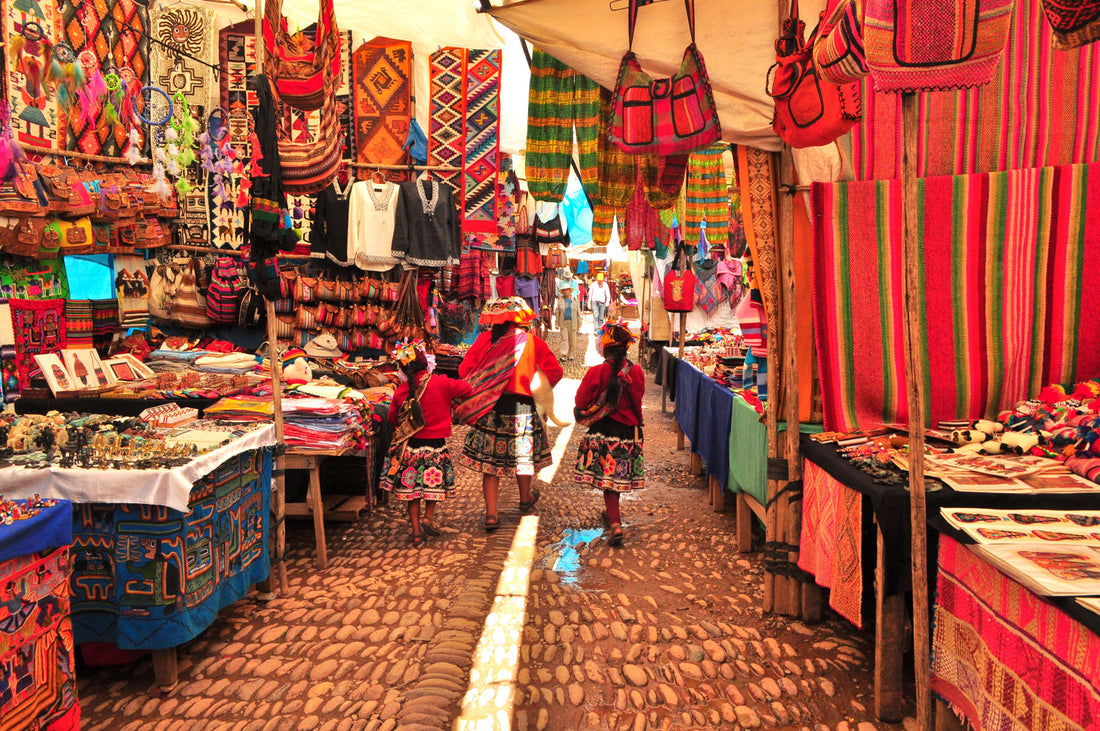When talking about the Incas, most people think of Peru or the Andes. But it is important to not use them interchangeably because they don’t mean exactly the same. The cultural process in the Andes started over 5,000 years ago and saw smaller communities joining up to become nations which in turn formed empires: Wari and Tiahuanaco first and the Incas some time later. This process included Andean nations in what is now Ecuador, Peru, Bolivia, and parts of Chile and Argentina.
Like in other places where civilization started, the Andean people domesticated some staple foods that allowed them to grow faster. In this case, potatoes and corn were the fuel that sustained the rapid development of the area. As the population grew, two crafts became important: pottery and textile weaving. The latter using cotton and wool from the local camelids: mostly alpacas and llamas.
The Andes is a region of contradictions. With hot deserts and cold mountains, beautiful but inhospitable, it forced early civilizations to maximize their resources. Thus, textiles were used in every way possible: as blankets, dresses, containers and bags, quipus (knotted device for record-keeping) and funeral shrouds. They were used for everything. And that makes them more meaningful.
Andean textiles are the canvas on which the local people weave our culture. So it is not surprising that they get personalized. Funeral shrouds had motifs related to the deceased, clothes use the colors of the town of origin of the person wearing them, textiles used as presents would have icons or drawings indicating good wishes, etc.
So, the next time you look at an Andean Textile, you should pay attention and try to be receptive to those ancient, but very personal, messages that have been woven in it.

